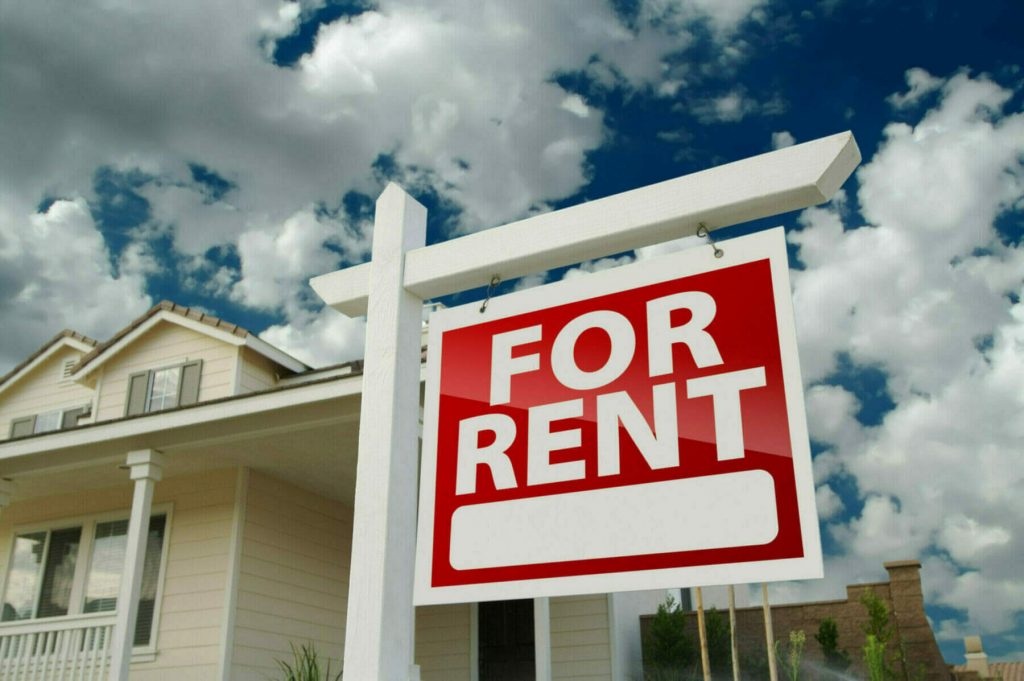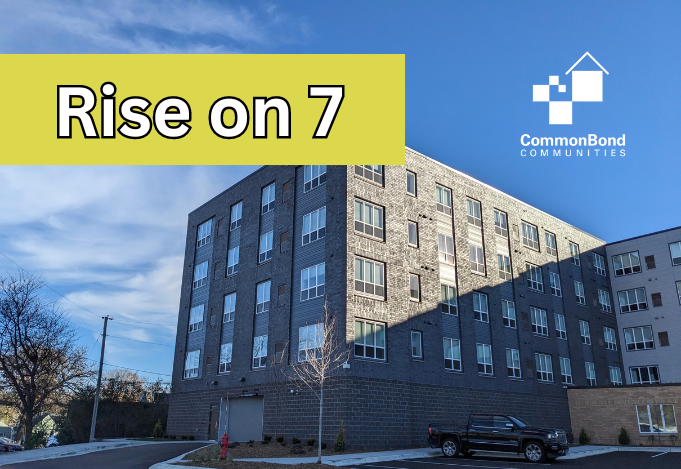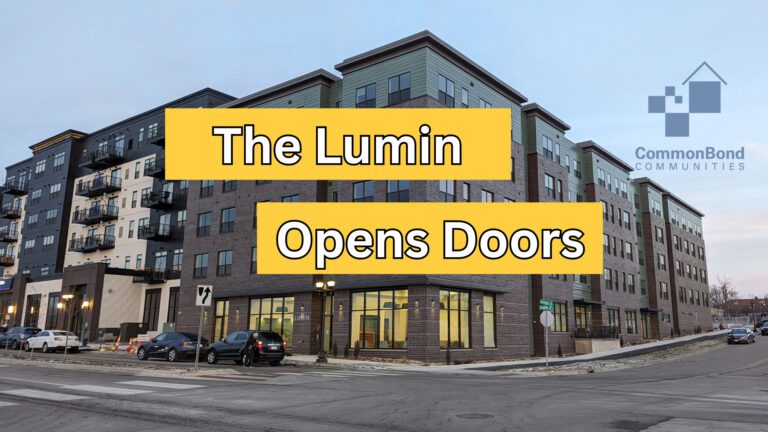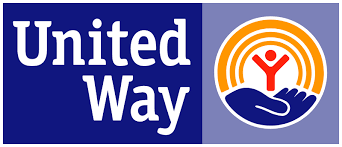Interest rates are low and costs have been spiking for most commodities in 2021. The housing market in the Upper Midwest has been no different, making homeownership even less affordable than it has been in recent years. This has led to a trickle-down effect squeezing many would-be renters out of affordable housing opportunities.
The Minneapolis Area Association of Realtors reported in June 2021 that single-family home inventory fell nearly 46 percent between March and April. Prices, meanwhile, increased almost 10 percent in the area during that same reporting period. The story has been similar throughout Wisconsin. The Greater Milwaukee Area Association of Realtors reported that sales in Milwaukee and its surrounding counties were up 27.4 percent in June 2021 compared to the same month in 2020.
Costs are up because it’s a sellers’ market in most areas. Inventory has been low, so oftentimes desperate home shoppers end up paying a premium, and in some instances, they have had to increase their offer, well above the asking price to have the winning bid.
In many ways, buying a home has never been harder—especially for those with low incomes.
Where Are Renters in the Homeownership Equation?
The spike in demand hasn’t just increased prices for new homeowners, it has also started to squeeze the rental market.
Many former homeowners decided to cash in on market conditions and are now seeking rentals. Others are moving after finding new jobs with better wages.
With everything in flux, and with market conditions changing so rapidly, it’s critical we don’t lose sight of affordable housing and the need to keep it accessible and plentiful for those who need housing assistance.
According to the National Low Income Housing Coalition, more than 9.2 million “extremely low-income” renters nationwide are cost-burdened with their housing situation. This means they are spending more than a third of their income on shelter. Some of those renters are spending up to 50 percent of their income on housing, leaving little left over for other essential purchases like groceries and transportation.
Compared to many other major U.S. cities, Minneapolis is less affordable for renters. According to Apartment List’s September 2021 rent report, the median cost of renting a two-bedroom apartment in Minneapolis is $1,466, versus a national average of $1,246.
Having affordable housing available is critical for all communities since it generates opportunities for everyone living within that community. More money spent in local communities means additional job opportunities, improved government infrastructure, fewer evictions, and more.
All of this begs the question: How can we advocate for more affordability?
Ingredients to Providing More Affordable Housing
Derek Madsen, CommonBond’s Executive Vice President of Resource Development, wrote a blog post in June discussing how important it is to remember low-income renters, especially given the state of the housing market.
Madsen identifies four topics everyone can support in order to help make more affordable housing available:
- Advocate for the creation of new subsidy sources that will support the development of affordable housing.
- Support regulatory and tax incentives to promote private production of housing.
- Encourage and welcome the development of affordable housing in all communities so that everyone has the opportunity to live, work, and go to school near their home.
- Support CommonBond and other organizations that are equipped to help respond during these critical times.
CommonBond has been at work for 50 years, helping make affordable rental homes available. It’s vital to relieve financial stress on cost-burdened households in our local communities and continue working so that affordable housing is available to all those who need it.

